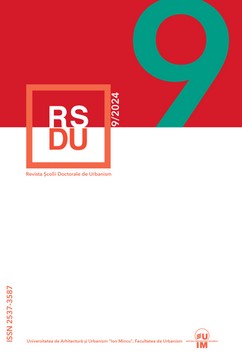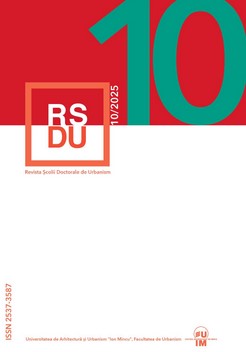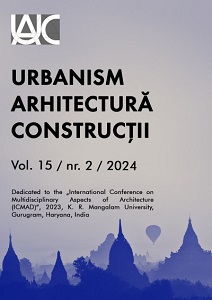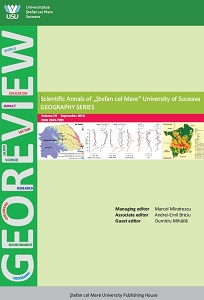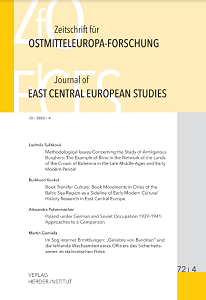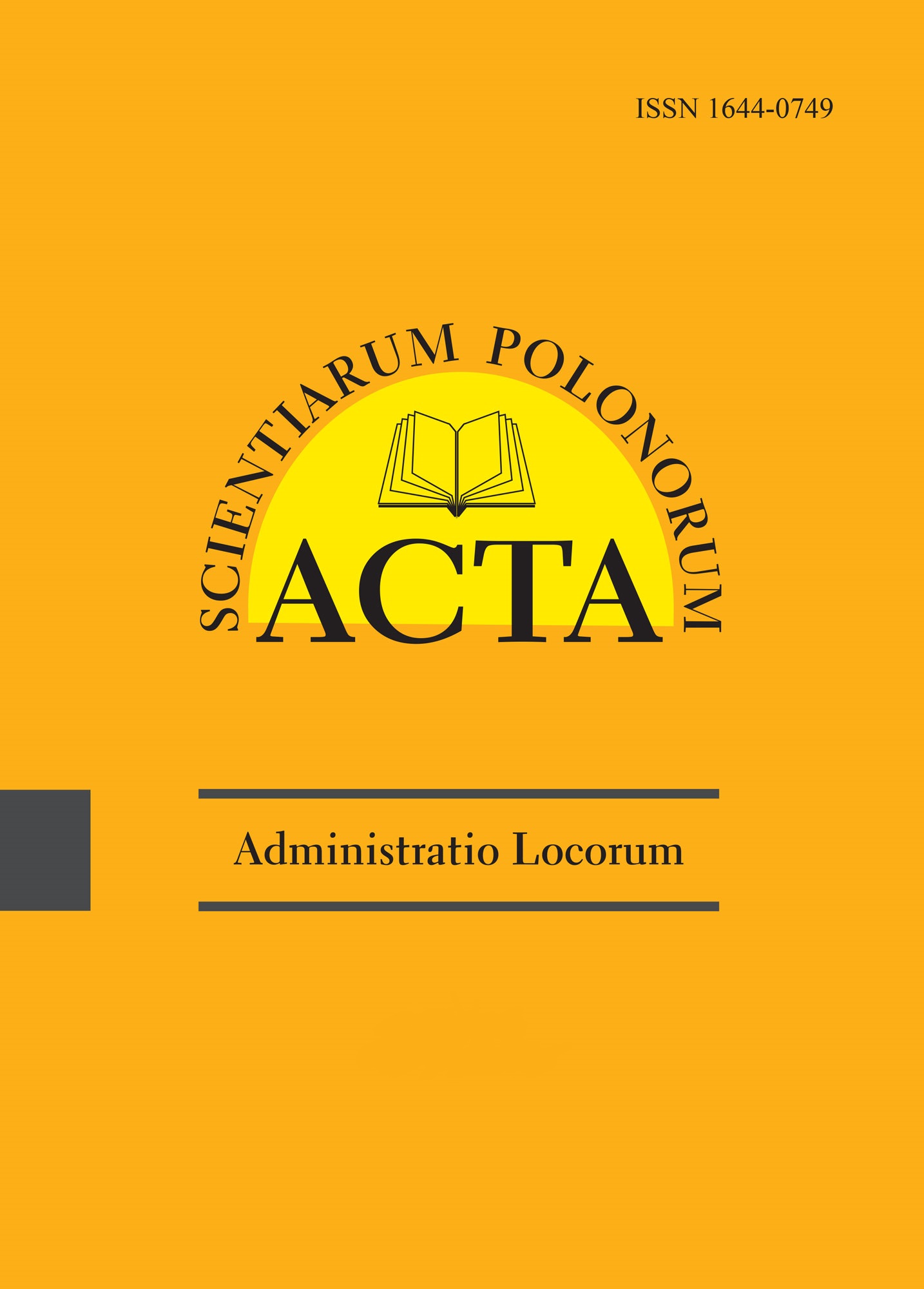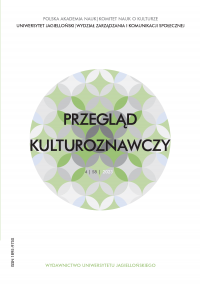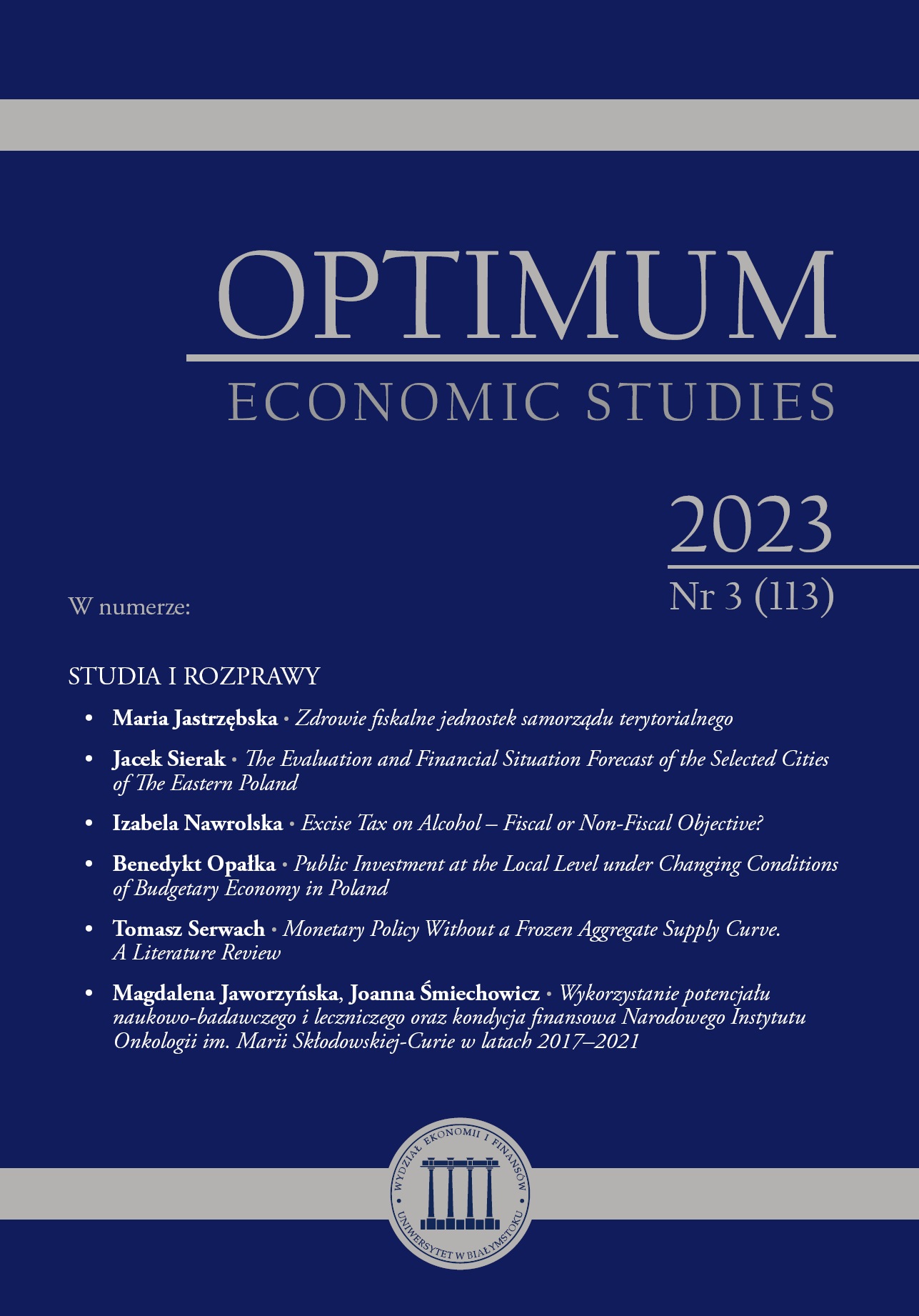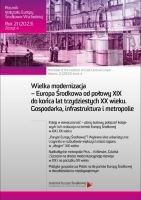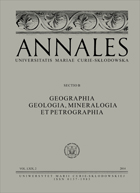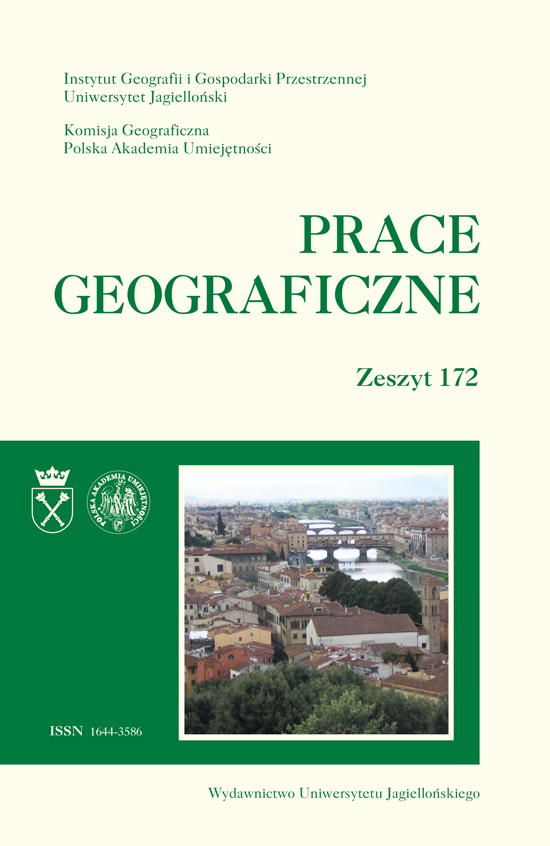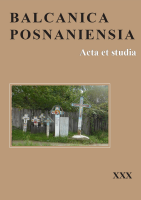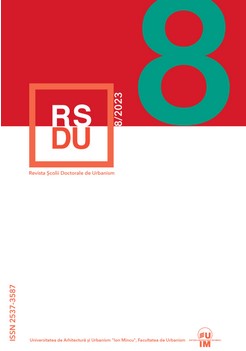
Dezvoltarea arhitecturală a localităţilor, cultura mediului construit şi constrângerile legislative
The study analyzes the architectural development of localities through the prism of the civil servant, the chief architect who witnesses both the witness of the appearance of architectural productions on the site and actively the realization of works financed from non-reimbursable external funds or fully financed from public administrations from the incipient phase of strategy and urbanism to the stage of implementation and interior design. Analyzing the multitude of laws and related technical norms that regulate the architectural space, a series of inconsistencies were identified that generated a legislative vacuum that most designers resorted to in an abusive way. The research theme was born precisely from this issue that determined that the result of the architectural development of many localities, in different stages of historical and cultural evolution, to be a dubious one, uncertain in terms of quality, a product that does not bring added value. The space in which it is inserted. Although the projects are technically correct, respecting the framework content present in Annex 1 of Law 50/1991, updated, which lists the mandatory parts that the chief architect must take into account in the construction authorization procedure, the lack of framework legally, through which the quality can be obligatorily requested at the level of aesthetics, determines him to helplessly witness the appearance of some projects whose architecture is derisory.
More...
